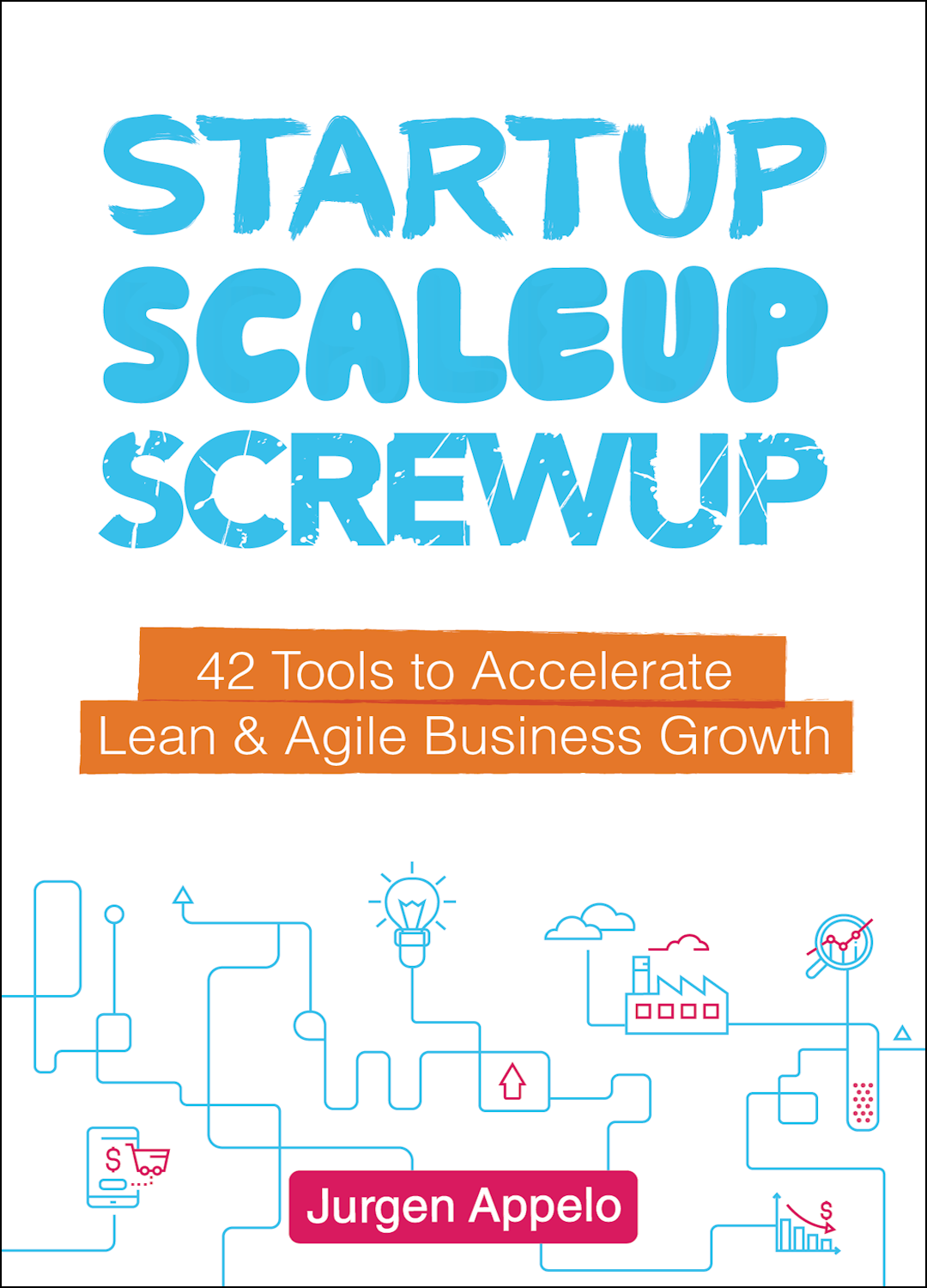Did I start writing for the wrong audience?
That unsettling question hit me at the Self-Publishing Show 2024 in London when I saw this slide:

Science fiction is on a steep decline.
Oops.
Romance, fantasy, and their new hybrid offspring, “romantasy,” dominate the charts:

This was confirmed in an author report published by Written Media:

Source: WrittenWord Media
I’ve never been good at betting and predicting trends. The money and opportunities I lost with Bitcoin still haunt me. And here I am, having just published a sci-fi novel. Did I back the wrong horse again? Am I the big loser again? Should I switch to romantasy now?
Well, that hinges on one crucial question:
“Do I write for myself or for a target audience?”
At the Self-Publishing Show, E.L. James (the author of Fifty Shades of Grey) declared with conviction, “I write for myself.” Yet many other sessions at the event focused on target audience analysis, keyword and category targeting, and ad copy optimization—hardly the topics for those who write purely for themselves.
Writing for oneself versus writing for an audience isn’t a binary choice. It’s a spectrum with many positions in between. Neither end is “best.” It all depends on your purpose as a writer and your idea of the “Ideal Reader,” be it Jorge Luis Borges’ “perfect reader,” Wayne C. Booth’s “implied reader,” Vladimir Nabokov’s “good reader,” or Umberto Eco’s “model reader.”

The Self-Oriented Author
Take Neil Gaiman, for instance. He sees writing as a journey of exploration, diving into themes that personally captivate him. He prioritizes storytelling quality over market fit, believing authentic, well-crafted narratives can naturally lead to commercial success. Similarly, Stephen King, in his book On Writing, advocates for writing honestly for oneself, trusting that this approach will find its audience. King even mentions the “Ideal Reader,” which for him is his wife, Tabitha.
I think Gaiman and King exemplify what I call “self-oriented authors.” They write for themselves, with their Ideal Reader either being their own person or someone close to them. The author IS the ideal reader.
As a self-oriented author, you can freely experiment with unconventional ideas and styles, letting your authentic voice shine. Writing for yourself preserves your artistic integrity and allows for pure creative expression without external pressures. Writing is more fulfilling when driven by personal passion. Self-oriented authors are often seen as literary artists and innovators, though they might struggle to attract a large audience. After all, if you write for yourself, why would others care?
The Market-Oriented Author
James Patterson, on the other hand, prioritizes market demands and reader entertainment over personal artistic expression. He conducts extensive market research, studying bestseller lists and sales data to understand popular trends. Patterson crafts page-turners with short chapters and simple language, catering to busy adults and reluctant readers. Jennifer Probst does the same in the romance genre, using surveys, market trends, and social media to gather direct feedback, informing her plot and character development.
Patterson and Probst exemplify what I call “market-oriented authors.” Their Ideal Readers are either real individuals or abstract personas representing their target audience. The author is NOT the ideal reader.
Market-oriented authors know that writing with a specific audience in mind helps shape storytelling, creating a stronger connection with readers. Identifying a target audience streamlines marketing efforts, making it easier to promote your work effectively. Engaging with a target audience during writing can provide valuable insights, helping refine your work and address potential weaknesses. However, critics rarely recognize market-oriented authors as literary artists or innovators.
The Dual-Oriented Author
Even though E.L. James claimed to write for herself, evidence suggests she balances writing for herself with writing for an audience. Starting with “Twilight” fan fiction, she catered to a specific readership while exploring personally intriguing themes. James actively engaged with fans online, adjusting her work based on feedback. Fellow author Sarah J. Maas is also reported to blend personal passion with market awareness, balancing her love for storytelling with an understanding of genre conventions.
James and Maas are what I see as “dual-oriented authors.” They write for themselves but continuously course-correct based on dynamic market feedback. They balance their artistic vision with market considerations. The author is similar to (but not the same as) the ideal reader.
Market trends constantly evolve, and what’s in demand today may not be popular tomorrow. Like pure market-oriented authors, dual-oriented authors avoid writing something nobody wants to read. However, like self-oriented authors, they still cherish artistry and authenticity. While external input is valuable, it mustn’t overshadow the author’s creative explorations.
Few authors are at the extreme ends of this spectrum. Most of us sit somewhere in between, balancing “the self” and “the market.” We like to maintain our artistic integrity but also consider how to make our work appealing to readers. After all, what’s the point of writing if no one reads our work?
Do I write for myself or for a target audience?
As an author, I’ve decided to occupy the 40% slot on the spectrum, leaning toward the left among dual-oriented authors. I prioritize developing my authentic style over writing for a market. However, I’m not deaf or blind to feedback. I get demotivated when people don’t read my books! I’d be very unhappy if I were the only reader.
And what about the sci-fi dip?
Fortunately, considering I like both genres, blending science fiction with fantasy in a “science fantasy” universe was already part of my artistic vision. Current market data suggests I may want to consider a fantasy setting for my second novel—for now. Okay, I will consider that.
But rest assured, I will not switch to romantasy.
So, tell me, what do you find important?
Sign up for my newsletter to get these posts in your mailbox.















